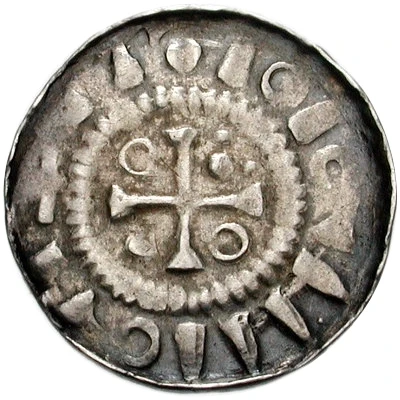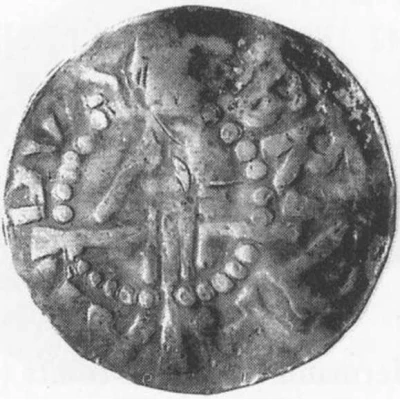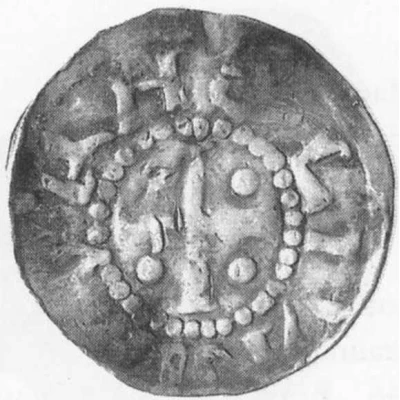


© Classical Numismatic Group, Inc.
Denier anonymous ND
1000 year| Silver | 1.13 g | 17 mm |
| Issuer | Duchy of Saxony (German States) |
|---|---|
| Type | Standard circulation coin |
| Year | 1000 |
| Value | 1 Denier |
| Currency | Pfennig (936-1296) |
| Composition | Silver |
| Weight | 1.13 g |
| Diameter | 17 mm |
| Shape | Round (irregular) |
| Technique | Hammered |
| Orientation | Variable alignment ↺ |
| Demonetized | Yes |
| Updated | 2024-10-05 |
| Numista | N#109328 |
|---|---|
| Rarity index | 95% |
Reverse
Cross.
Script: Latin
Comment
The early deniers of Saxony have seen a number of different attributions over the years. Some were known as “wendenpfennige” from the native Slavic peoples of the eastern Germany and Pomerania and others as “randpfennige” from their up-raised edges and attributed to the early Polish bishoprics and kingdoms. More recent studies have concluded they were civic issues of various eastern cities, with places such as Bremen, Halle-Giebichenstein, Meissen, Merseberg, Naumburg being cited as points of origin.Interesting fact
The interesting fact about this coin is that it was minted during a time of great economic change in the German States. The Denier was introduced as a new currency in the early 14th century to replace the older Pfennig currency, and it was made of silver to increase its value and stability. This coin, in particular, was minted in the Duchy of Saxony, which was a powerful and influential state in the region. Despite its small size, the coin played an important role in facilitating trade and commerce during a time of significant economic growth and development.



